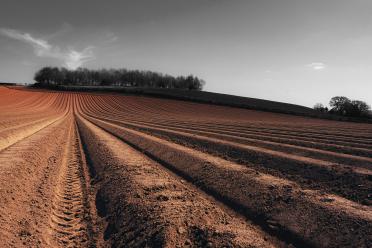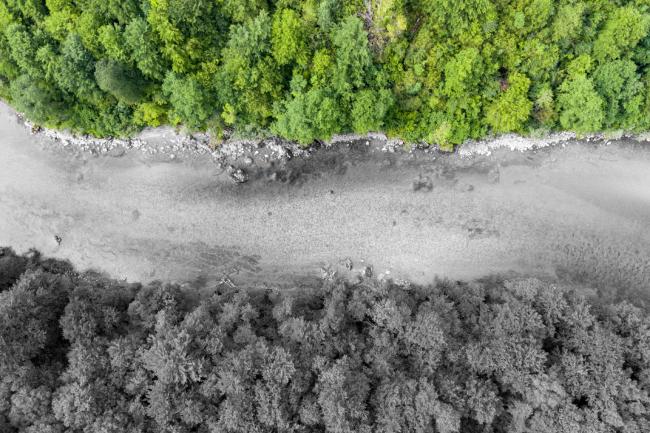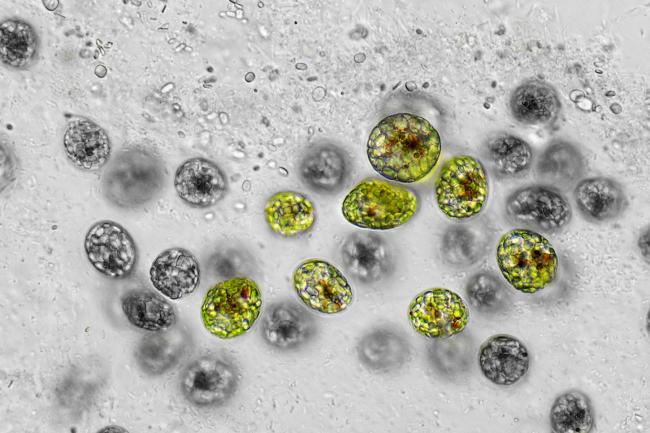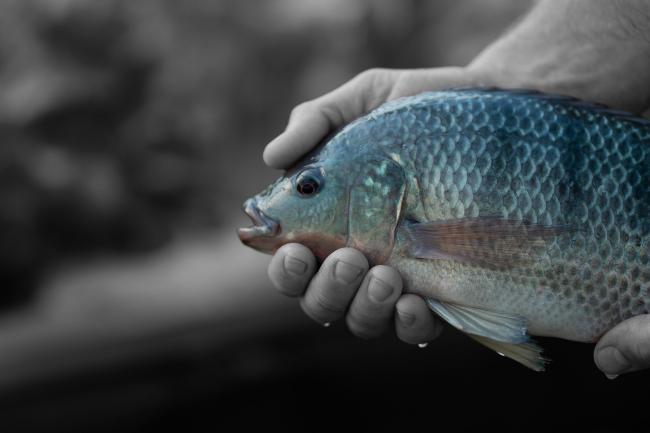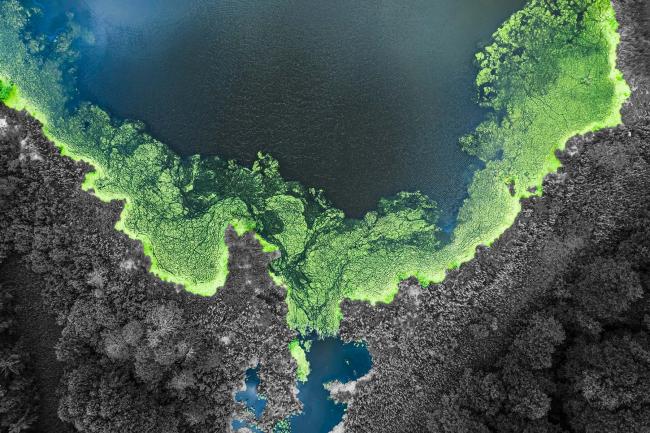At the Royal Society Summer Science event in July 2021, the Earlham Institute asked ‘what’s a bee’s favourite flower?’
The Richard Leggett Group, along with collaborators at UEA and the University of Cambridge, are hoping that, by answering this question, we might be able to better support our wild pollinators and our agriculture - helping them thrive side by side.
It’s a tough question to answer, but could well be satisfied by taking a closer look at the DNA found in pollen sacs on the legs of bees, which can indicate the different flowers they visit. A better understanding of what flowers are preferred by different species of bee, and where, will help us to cultivate more prosperous landscapes.
Some of those flowers are more naturally found in wildflower meadows, which have long been in decline in the UK. Only 3% remain since the introduction of industrial agriculture, but they’re home to a dazzling array of blossoming plants that scientists in Nicola Patron's Group are exploring, hoping to tap into their medicinal potential.
Flowers of the daisy family, of which there are over 900 species in the UK, are of particular interest. These common garden flowers have been used since Roman times to make basic anti-inflammatory medicines.
By ‘mining’ the genomes of wildflowers, and identifying potential genes that code for medicinal compounds, it’s hoped that we could unlock some potential routes for the biomanufacture of molecules for medicine and industry in the future.
Back to bees, and we can use similar DNA-based approaches to understand how their populations have changed along with our changing landscapes. The Earlham Institute’s Dr Will Nash is currently looking at populations past and present, hoping to understand the pressures and threats to modern bees, and how things such as agriculture and the loss of wild landscapes have affected their genomes.


